MONTHLY MARKET UPDATE
1 July, 2025
Author: Jesmar Halliday, CFA
Equity markets surged globally in June, led by record-setting gains in the United States. The S&P 500 broke past the 6,200 threshold, buoyed by subsiding geopolitical tensions and solid consumer data. Oil prices receded and the US dollar posted modest gains, further bolstering sentiment. Although inflation registered a slight increase, investors remained confident that rate cuts are still on the horizon, particularly if job market figures weaken. Nonetheless, elevated valuations have drawn scrutiny, with some market observers pointing to increased capital flows as a possible indicator of speculative overheating.
As we move into the second half of the year, big investors are treading more carefully. Trade disputes are dragging on, earnings forecasts are under pressure, and there’s still a lot of uncertainty around US policy and leadership at the central bank. The sudden collapse of US-Canada trade talks hasn’t helped matters either, with a crucial deadline just around the corner on 9 July. While many companies are still delivering decent results, the tone of their outlooks has become more cautious, largely due to rising costs and shaky consumer confidence. There’s also growing debate over whether Trump’s economic policies can hold up. Globally, the MSCI World Index climbed 4.35% for the month, and 9.75% year-to-date. The US was the standout again as the S&P 500 was added 5.08% in June. In contrast, European stocks faltered slightly, although Germany’s DAX continued to impress with a year-to-date gain of around 20%.
In Asia, equity performance was varied but mostly positive. China’s CSI 300 rose 3.32%, reflecting investor caution over the country’s economic direction. India’s Nifty 50 posted a healthy 3.42% return, supported by continued economic optimism. Hong Kong’s Hang Seng Index led regional performance with a 4.10in% rise, spurred by compelling valuations and improving policy sentiment. Risk appetite across the region rebounded, with equity and debt issuance picking up alongside supportive fundamentals and a softer dollar. Government bond inflows indicated strong regional resilience, suggesting optimism heading into H2.
On the sector front, US stocks clearly took the lead. Tech shares soared by nearly 9.8%, with communications and energy not far behind. Investors also piled back into consumer discretionary, industrials, and financials, showing more confidence in economically sensitive sectors. Defensive areas like utilities, real estate, and consumer staples didn’t fare as well. Over in Europe, sector results were more muted. While energy and industrials made some headway, consumer-facing sectors pulled the overall numbers down. Staples and discretionary stocks were hit hard, and even healthcare struggled. Investors in the region appear to be more cautious, especially in areas vulnerable to shifts in consumer behaviour or tighter regulations.
June wasn’t just about markets; it was a turbulent month on the geopolitical front too. Midway through the month, tensions flared between Israel and Iran. Israeli airstrikes on suspected nuclear facilities prompted missile retaliation from Tehran, followed by US intervention. The violence led to significant casualties in Iran and raised global concerns. Israel defended its actions as pre-emptive, though many questioned the evidence for an imminent threat. These events have likely set back Iran’s nuclear programme, especially with key facilities in Isfahan damaged. But fears remain about what Iran may still have hidden.
US Treasuries extended their winning streak into a third consecutive week, as growing expectations of monetary policy easing continued to support bond markets. Investor sentiment was buoyed by a combination of softening economic indicators and speculation that a shift toward more dovish leadership at the Federal Reserve may soon materialise. Markets are now firmly anticipating two rate cuts before year-end, with September widely tipped as the likely starting point for policy adjustment.
Risk assets within the fixed income universe also performed well. US high yield bonds returned close to 1.60% in local currency terms for the month of June, while investment grade corporates in the US saw similarly strong gains of around 1.4%. Spreads in the high yield space compressed by approximately 25 basis points, reflecting improved risk appetite. A similar tightening was observed in European credit markets, although returns were more muted; European high yield was broadly flat, and investment grade benchmarks in the region fared only marginally better. The divergence in performance between the US and Europe was largely driven by opposing movements in government bond yields. In the US, yields declined across the Treasury curve, providing a tailwind for credit. Long-duration Treasuries (15 years and beyond) gained 1.58% in June. In contrast, European sovereign yields edged higher, contributing to a 0.86% monthly loss in long-dated Eurozone bonds. This yield differential of 2.44 percentage points largely explains the outperformance of American credit markets over their European peers.
Geopolitical events played a decisive role in shaping commodity prices throughout June. Initial conflict in the Middle East drove volatility, with WTI crude swinging between highs and lows before settling on a monthly gain of nearly 9%. Energy prices surged almost 5.4%, and industrial commodities saw momentum build in the latter half of the month. Precious metals experienced more moderate advances.
Copper markets rallied sharply in late June. Spot prices climbed 5% month-on-month as delivery contracts attracted premiums, driven by tight inventories and tariff-related stockpiling. Producers struggled to fulfil orders amid logistics challenges and falling warehouse stocks, prompting further price volatility. Precious metals delivered mixed results. Platinum outperformed, touching decade-highs on speculative buying and tightening supply. Palladium and silver also gained, supported by industrial demand. Gold lagged amid reduced demand for safe-haven assets, ending the month marginally down despite strong year-to-date gains driven by central bank purchases and anticipated Fed easing.
The US dollar weakened notably in June, dropping nearly 2.47% as investors rotated into diversified foreign exchange strategies. Confidence in American assets was shaken by growing protectionist sentiment and concerns about policy transparency under the Trump administration. The euro appreciated over 3.8% as economic sentiment in the eurozone improved and ECB tightening expectations subsided. Speculation over a dovish tilt at the Federal Reserve added further pressure on the dollar, reinforcing the euro’s rise. The Swiss franc showed signs of stabilisation, as further rate cuts appeared less likely. Policymakers warned against excessive monetary easing given long-term economic distortions. Sterling touched its highest level since 2021, largely on the back of dollar weakness. UK economic fundamentals remain fragile, and the Bank of England has signalled a shift toward looser policy. This raises questions about the sustainability of recent pound strength, given the country’s subdued growth outlook.
June 2025 emerged as a month of significant market inflection points, marked by robust equity rallies, geopolitical shocks, and shifting investor sentiment across asset classes. The US remained the global leader in equity performance, while markets in Asia and Europe produced more flat lining results. Sector leadership favoured cyclical and technology stocks, with a sharp divergence from defensive sectors. Looking ahead, the environment appears increasingly complex. Trade tensions, political uncertainty, and questions over monetary policy will likely dominate market focus. Investors are advised to maintain a balanced approach, as underlying risks persist despite the buoyant close to the month.
Disclaimer:
The Market Update was prepared by Jesmar Halliday, CFA, Portfolio Manager at MZ Investments and is intended solely for information purposes. The contents of this article should not be construed as investment, legal or tax advice, or as a recommendation to buy, sell, or hold any securities, investment strategy or market sector. The information contained in this article was obtained from sources believed to be reliable and has not been verified independently. MZ Investments, its directors and employees give no warranties of any kind, expressed or implied, with regard to the accuracy, correctness or completeness of this article and accepts no responsibility or liability for any loss or damages arising out of the use of all or any part of this article. MZ Investments is under no obligation to update or keep current the information contained therein. All investments involve risk. The value of investments may go down as well as up and investors may not get back the amount originally invested. Investors are urged to seek professional advice before making investment decisions.
M.Z. Investment Services Limited (MZISL) of 63, MZ House, St Rita Street Rabat, Malta RBT 1523, is regulated by the MFSA and licensed to conduct investment services business in terms of the Investment Services Act Cap. 370 of the Laws of Malta. MZISL is a member of the Malta Stock Exchange and enrolled under the Insurance Distribution Act, Cap. 487 of the Laws of Malta, as a Tied Insurance Intermediary for MAPFRE MSV Life p.l.c. (MMSV). MMSV (C-15722) is authorised by the MFSA to carry on long-term business under the Insurance Business Act, Cap 403 of the Laws of Malta. MMSV is regulated by the MFSA.

